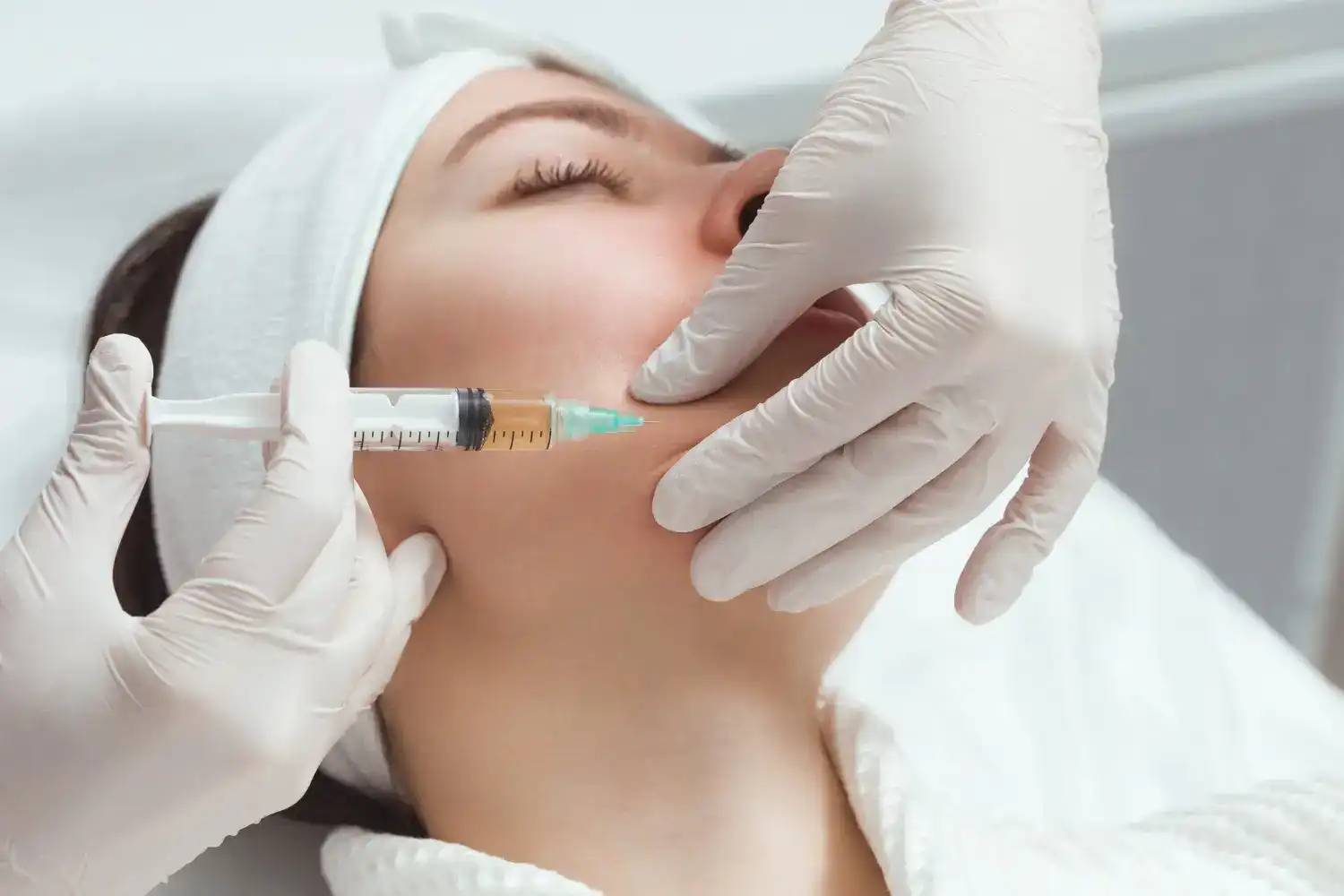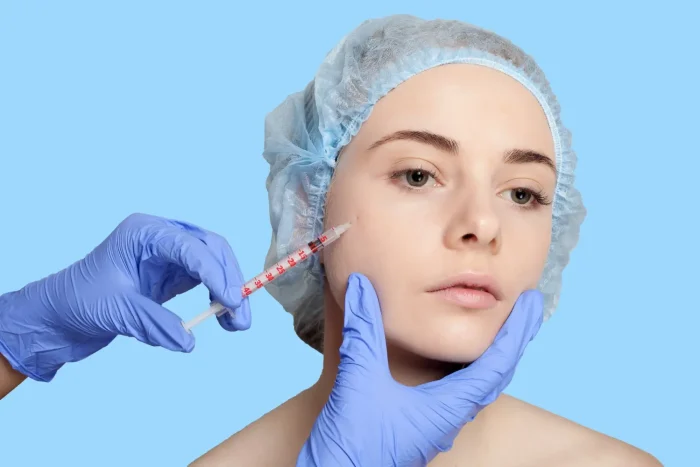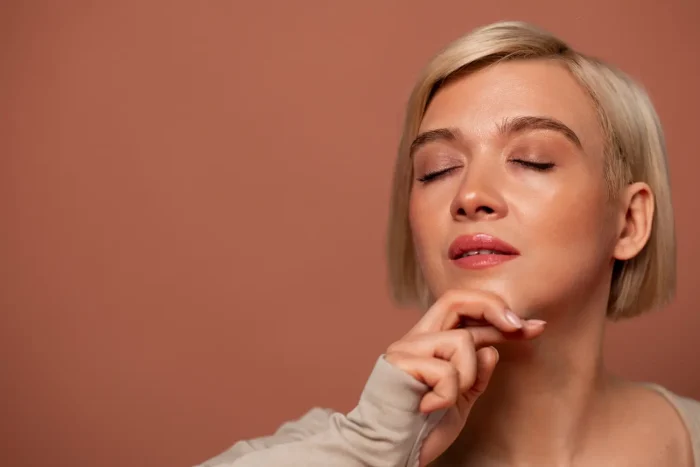
Nabota vs Botox – Comparing Botulinum Toxins
David Fuller
Last Updated On: June 17, 2024
Botulinum toxin injections have become the most popular non-surgical cosmetic procedure worldwide, with millions of treatments performed annually. These injections help reduce the appearance of fine lines and wrinkles, offering a youthful and refreshed look without the need for invasive surgery. This rising trend reflects the growing desire for minimally invasive beauty solutions.
Among the various brands of botulinum toxin, Nabota and Botox are two of the most well-known and widely used. Nabota, a relatively newer product, has been gaining popularity and is often compared to the established Botox. Understanding the differences and similarities between these two options is crucial for those considering botulinum toxin treatments.
In this article, we will explore the key features of Nabota and Botox and compare their benefits, effectiveness, and potential side effects.
Key Takeaways
- Nabota and Botox are two prominent botulinum toxin products used for various medical and cosmetic indications.
- The composition, mechanism of action, clinical efficacy, safety profiles, onset of action, duration of effect, and side effect profiles of Nabota and Botox differ, impacting their comparative effectiveness.
- Practical considerations for selecting Nabota and Botox include patient preferences, cost, and specific indications.
About: Operating since 2016, Med Supply Solutions is known for being one of the industry’s top and trusted suppliers of cosmetic and viscosupplementation products. If you’re looking to buy Nabota online, contact our sales department for more information.
Introduction to Nabota and Botox
Nabota and Botox are popular treatments for wrinkles and muscle conditions. Nabota is a treatment approved in South Korea that effectively improves glabellar frown lines and muscle tightness. Meanwhile, Botox is known worldwide for smoothing wrinkles and has a specific process that makes it practical and safe for use in tiny amounts.

Despite its limited approval, Nabota’s effectiveness and affordability have garnered attention, while Botox has a broader FDA endorsement. Both treatments, albeit from different manufacturers, strive to enhance appearance and alleviate muscle discomfort with minimal side effects.
Composition and Formulation
Nabota and Botox have different ingredients and production methods, which affect their effectiveness and safety. Both are derived from the bacteria Clostridium botulinum and work by blocking nerve signals to relax muscles.

Botox is renowned for reducing wrinkles and undergoes a specific process for safety and efficacy. In contrast, Nabota, also known as Jeuveau, is prepared uniquely in South Korea. These meticulous production methods ensure that both products meet high standards for cosmetic and medical use. Each drug’s unique mix impacts its potency and safety. Proper usage instructions for both are crucial to avoid issues.
Mechanism of Action
Understanding the mechanisms of action between Nabota and Botox provides insights crucial for medical professionals assessing their efficacy and safety. Below is a detailed comparison based on their working principles.

| Aspect | Nabota | Botox |
| Derivation | Derived from Clostridium botulinum, approved in South Korea. | Derived from Clostridium botulinum, widely used globally. |
| Mechanism of Action | Blocks acetylcholine release, inhibiting muscle contractions. | Blocks acetylcholine release, inhibiting muscle contractions. |
| Clinical Efficacy | More effective in improving glabellar frown lines; a significant decrease in MAS scores for elbow and finger flexors at week 4. | Used to treat dynamic wrinkles with notable results; efficacy compared across various conditions. |
| Safety Profile | Unauthorized Nabota botulinum toxin may pose serious health risks. | Well-established safety profile when used as directed. |
| Regulatory Approval | Approved in South Korea; Jeuveau equivalent FDA approved in the US. | FDA-approved for multiple indications in the US. |
| Usage Considerations | Has its reconstitution chart; reported improvements in pain and quality of life for chronic cervical and shoulder girdle. | Patient preferences and specific indications guide selection; cost factors also play a role. |
Clinical Efficacy
Nabota and Botox have emerged as leading contenders in cosmetic and therapeutic botulinum toxin applications. This head-to-head comparison sheds light on their clinical efficacy, focusing on critical factors such as effectiveness in improving glabellar frown lines, onset of action, and overall patient satisfaction.
| Aspect | Nabota | Botox |
| Effectiveness in Glabellar Lines | Nabota has shown superiority in improving glabellar frown lines. | Botox is widely recognized for its efficacy in treating dynamic wrinkles. |
| Onset of Action | Information specific to onset was not provided, but clinical improvements were observed. | Known for a rapid onset of action in the treatment of dynamic wrinkles. |
| Patient Satisfaction | Patients reported improvement in pain and quality of life after 12 weeks. | Long-standing positive reports on efficacy and satisfaction in treating wrinkles. |
| Cost per Unit | $6 per unit, offering a potentially more affordable option. | Cost varies widely, and it is generally considered more expensive than Nabota. |
| Approval Status | Approved in South Korea, unauthorized in specific markets with safety advisories. | FDA-approved for use in the US market. |
| Safety and Efficacy Concerns | Concerns have been raised about unauthorized Nabota botulinum toxin. | Extensively reviewed and approved by regulatory bodies like the FDA. |
Image courtesy of Ideal Image
This comparative analysis highlights medical professionals’ need to discern between authorized and unauthorized versions of Nabota, emphasizing the critical role of regulatory approval in ensuring patient safety. Moreover, Botox’s long-standing presence in the market and extensive studies lend it a robust safety profile, making it a preferred choice for many practitioners.
Image courtesy of Anna Clinic
Safety Profiles
Nabota and Botox have firm safety profiles, but regulatory bodies like Health Canada warn against unauthorized Nabota versions. FDA-approved JEUVEAU and Allergan’s Botox ensure regulated use in the US. Adhering to guidelines minimizes risks, and patients report significant improvements with minimal issues. Safety is emphasized for both Nabota and Allergan.
Onset of Action, Duration, and Side Effects
Nabota shows effects within 2-3 days and becomes more visible within a week, as shown in Nabota before-and-after photos of patients. Meanwhile, Botox takes about 4-7 days, but professionals have found that both treatments peak at 10-14 days.
Nabota and Botox both offer temporary improvements lasting 3 to 6 months. Nabota’s FDA approval provided an alternative with a duration comparable to Botox. Choices often depend on factors like onset speed and side effects.
Both treatments also have side effects. Using Nabota for glabellar frown lines can cause pain or swelling. On the other hand,using Botox for dynamic wrinkles may lead to muscle weakness or drooping eyelids. Patients should consider these variances alongside effectiveness. Nabota’s benefits for chronic cervical conditions and Botox’s quick onset influence decisions, aiding doctors in treatment selection.
Practical Considerations for Selection
Patients choose Nabota for various reasons, such as favorable reviews, impressive before-and-after photos, or cost savings per unit. Preferences depend on desired results, like fewer frown lines or pain relief. Medical professionals should discuss mixing instructions and expected outcomes to ensure patient understanding.
Aside from patient preferences, choosing between Nabota and Botox also depends on how much they cost.
- Price Per Unit: Botox Nabota shows excellent results at $6 per unit, a critical factor for treatment planning.
- Overall Treatment Costs: The total session cost depends on the units needed. Nabota’s effectiveness may reduce the number of sessions, affecting long-term expenses.
- Insurance Coverage: Cosmetic procedures are usually not covered by insurance, making out-of-pocket costs significant.
- Market Availability: In regions like South Korea, Nabota might be more accessible and cheaper than non-approved markets.
- Unauthorized Products Warning: Health Canada warns against using unauthorized Nabota due to health risks.
- FDA Approval Status: JEUVEAU, similar to Nabota, is FDA-approved in the US, making it a safer, competitive option.
- Comparative Savings: Choosing the most cost-effective option depends on individual patient needs.
- Long-term Effects: Consider costs associated with side effects and their management in financial planning.
Conclusion
Nabota and Botox are valuable botulinum toxin products with distinct compositions, mechanisms of action, clinical efficacy, safety profiles, onset of action, duration of effect, and side effect profiles. Healthcare providers should carefully evaluate the differences between these products and consider practical factors when selecting the most suitable treatment for their patients.
FAQs
1. What should I expect to see in Nabota before and after photos?
In Nabota’s before-and-after photos, expect to observe smoother skin, diminished wrinkles, and a rejuvenated appearance.
2. How long does it take to see results from Nabota?
Results from Nabota typically manifest within days, with full effects noticeable after approximately two weeks.
3. Do the results of Nabota last long?
Nabota’s results are not permanent; I anticipate enjoying them for approximately 4-6 months.
4. Will I look natural after getting Nabota treatments?
When administered correctly, Nabota treatments provide a refreshed yet natural appearance, maintaining your likeness.
5. Can anyone tell I’ve had Nabota just by looking at my before and after photos?
Generally, individuals may notice your improved appearance in Nabota before and after photos, but discerning the cause would require disclosure.
References
Comparative Analysis of Korean Botulinum Toxin Brands: Nabota, Botulax, Meditoxin, Liztox, and More. KoreaBeautyTech. Accessed June 3, 2024. https://www.koreabeautytech.com/en-wo/blogs/news/comparative-analysis-of-korean-botulinum-toxin-brands-nabota-botulax-meditoxin-liztox-and-more
Hwang W, Seong Min Kang, Sang Yoon Lee, et al. Efficacy and Safety of Botulinum Toxin Type A (NABOTA) for Post-stroke Upper Extremity Spasticity: A Multicenter Phase IV Trial. Annals of rehabilitation medicine. 2022;46(4):163-171. doi:https://doi.org/10.5535/arm.22061
Products
Cart
Log In
Newsletter
Subscribe for exclusive offers and updates on new arrivals
Share feedback at:
Working Hours
MON - SUN 9AM to 6PM EST
The Most Popular Brands
Med Supply Solutions
Support
Secure checkout is guaranteed with full adherence to PCI DSS payment standards.
Products listed here are guaranteed authentic and manufacturer-sourced.
Pay easily with trusted providers


Copyright 2025. Med Supply Solutions
